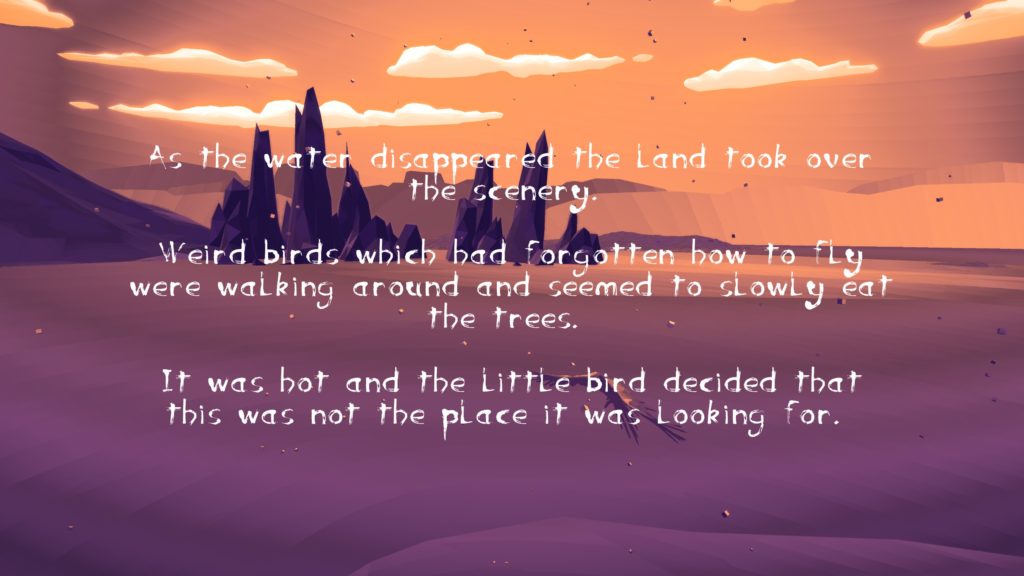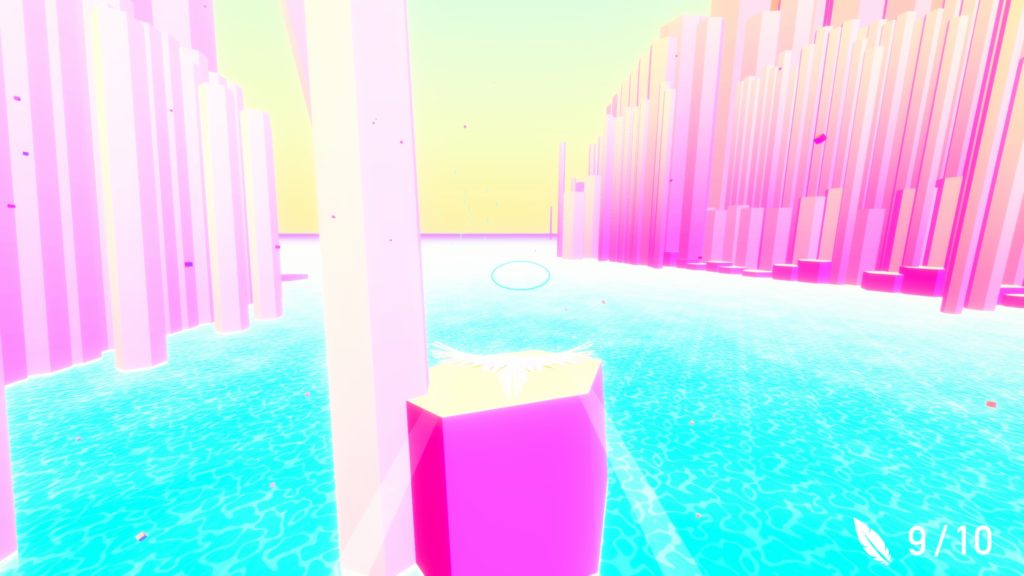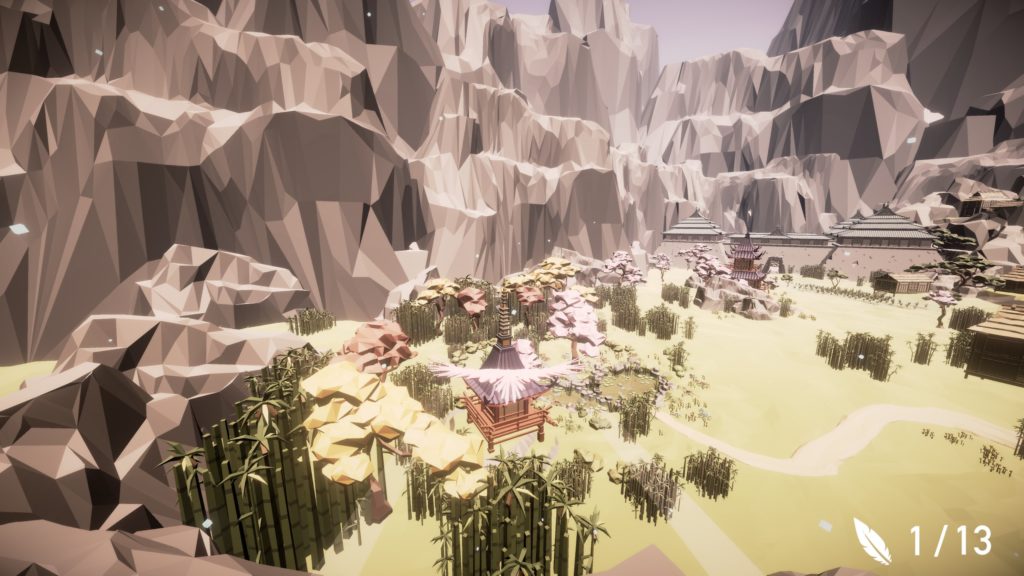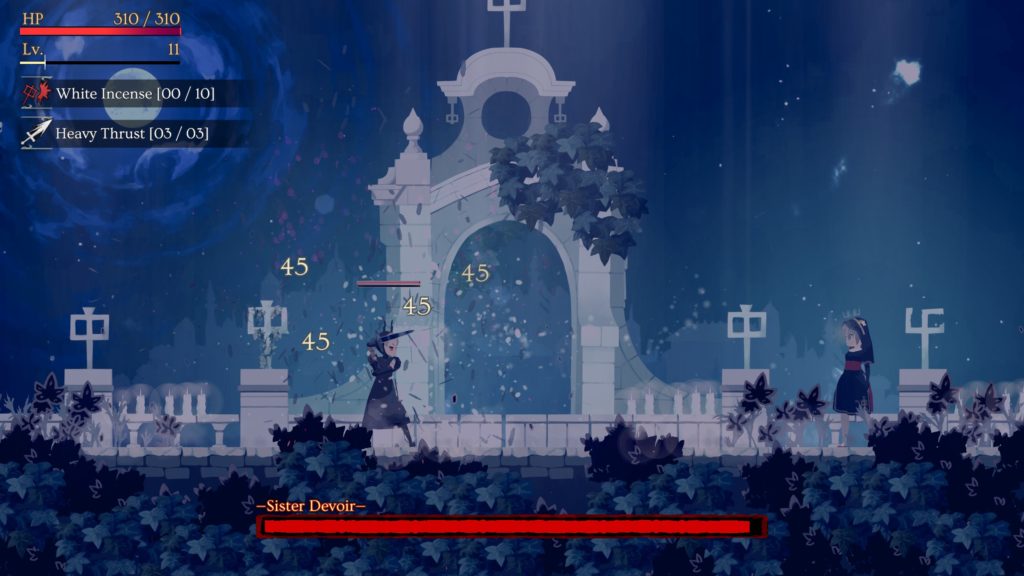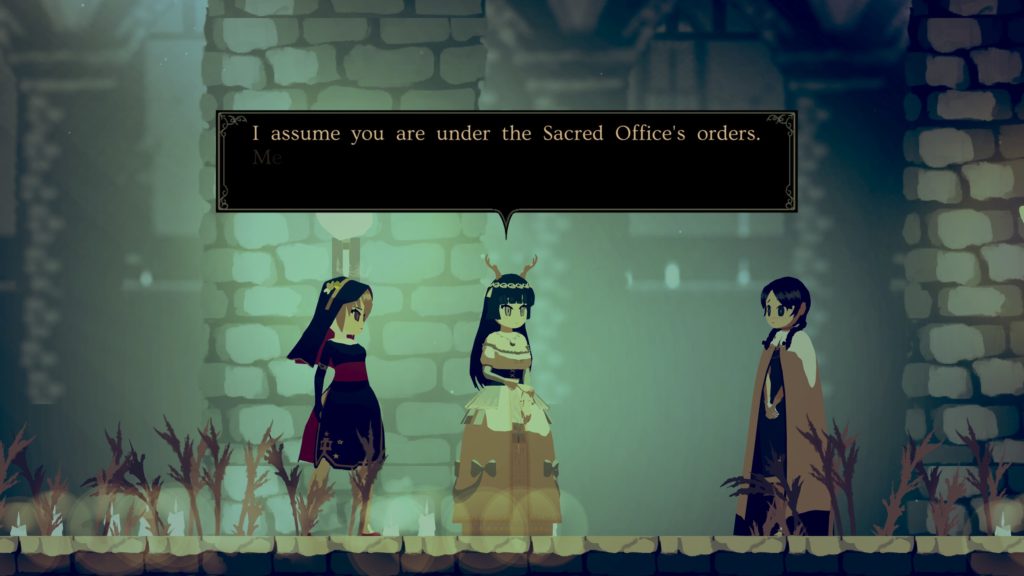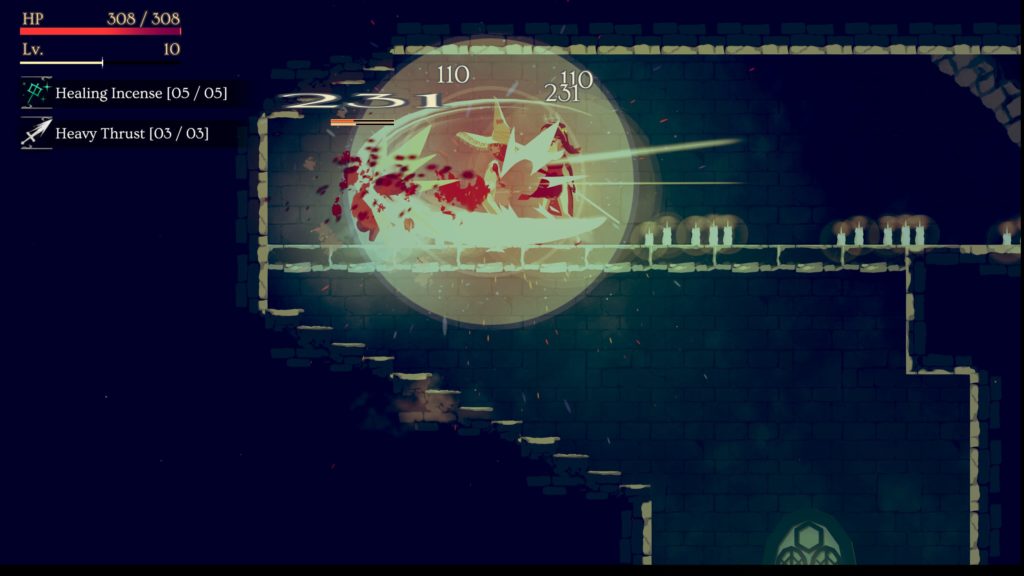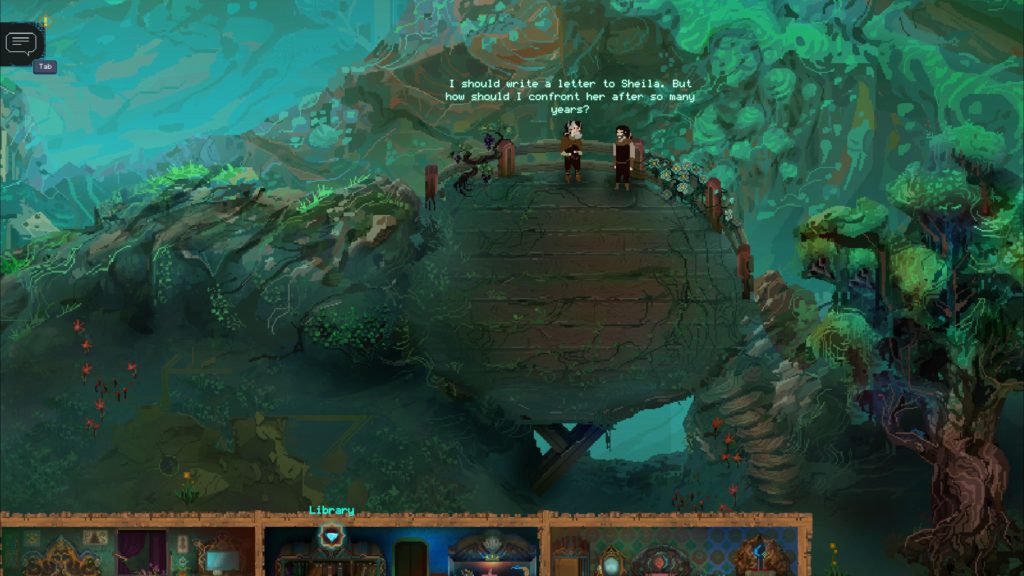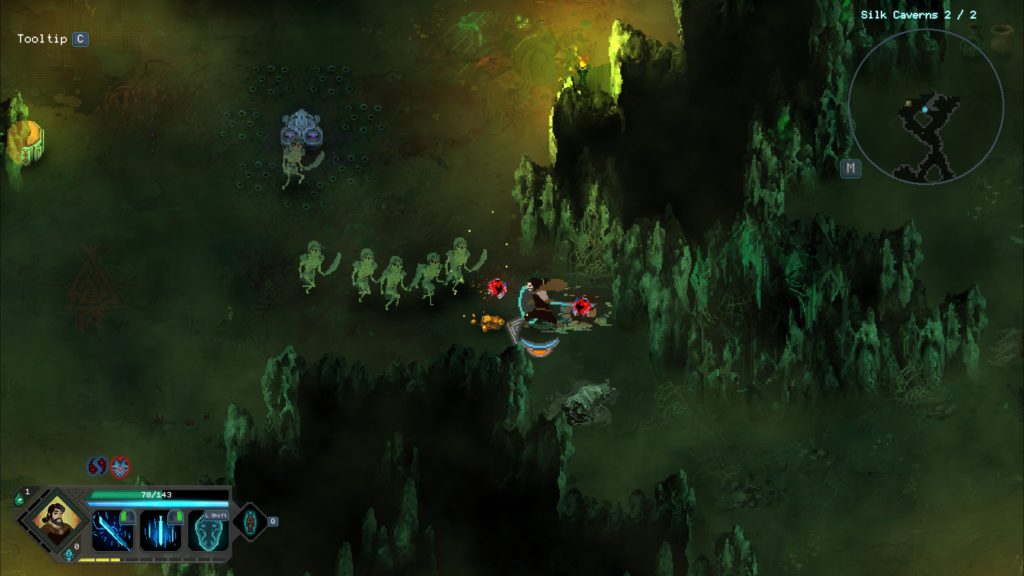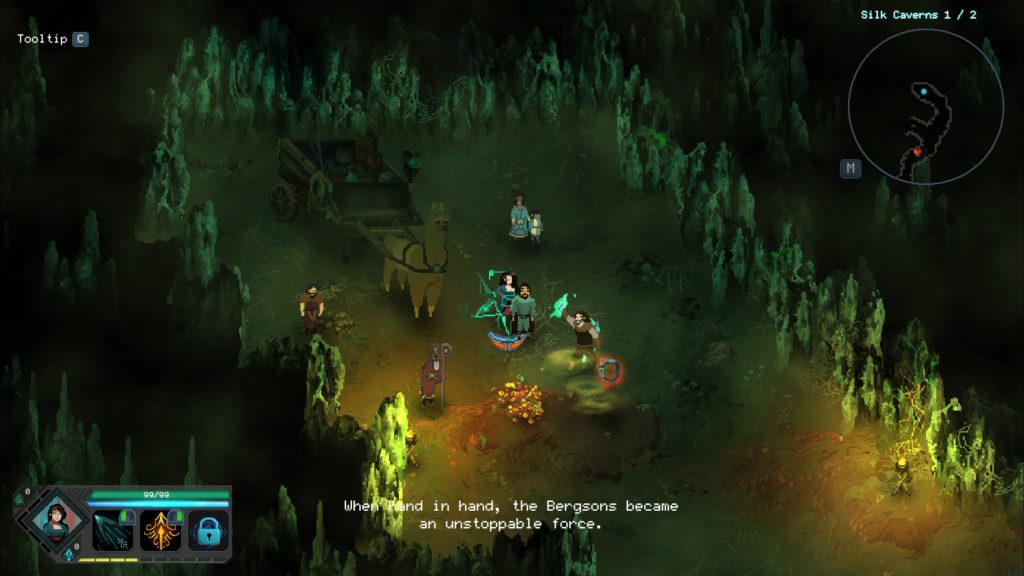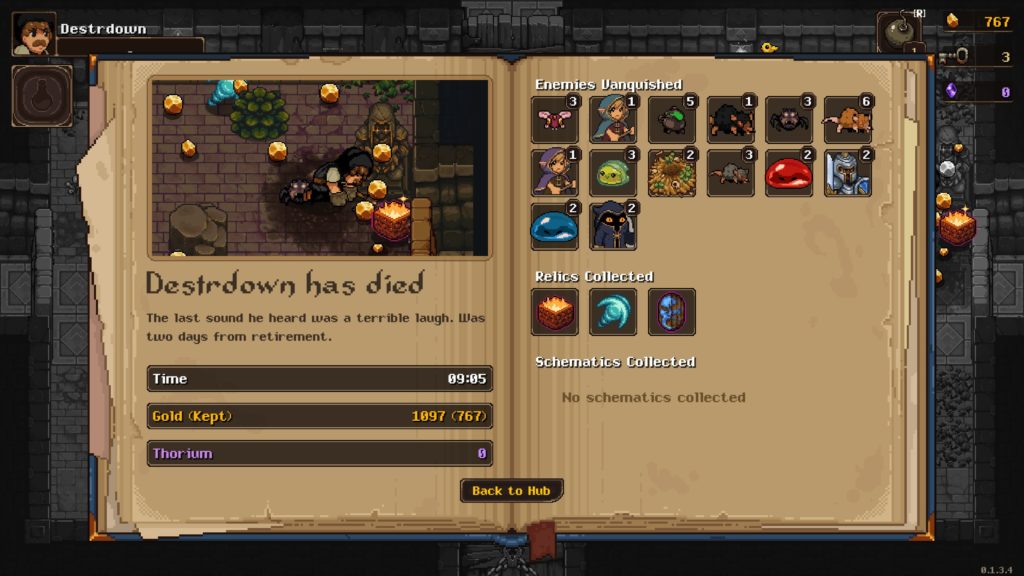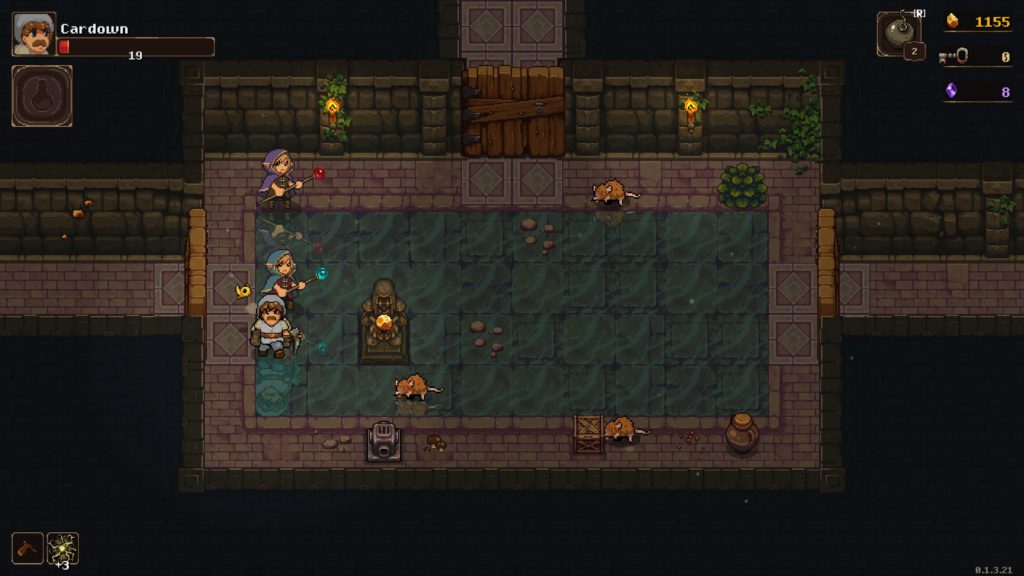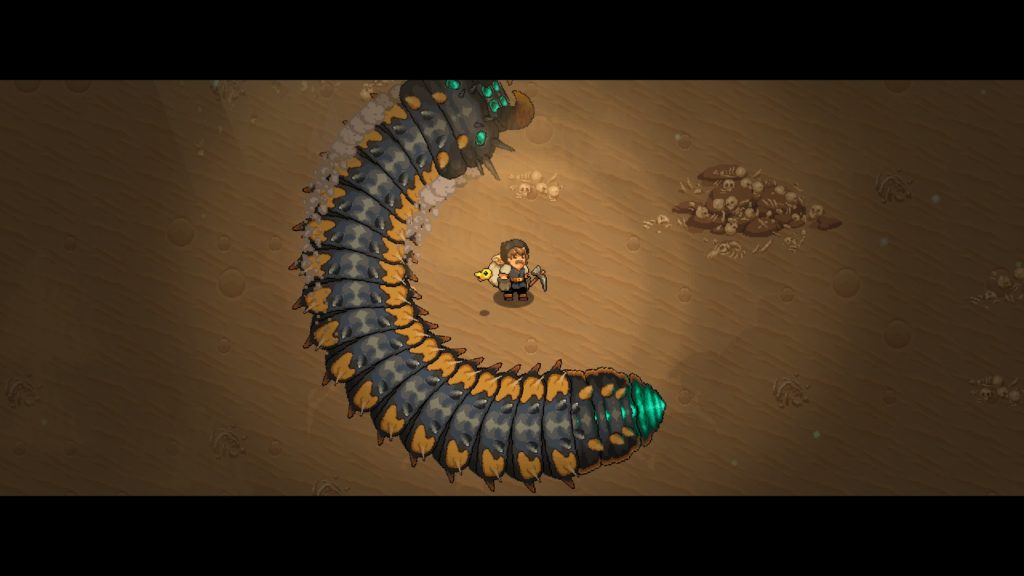Last Days of Tascaria (Review)

Source: Review Copy
Price: £15.49
Where To Get It: Steam
This has been a week for odd decisions with games. Like Noita, Last Days of Tascaria seems to be unloading and loading different windows, and… Doesn’t have a windowed mode. Which would just be a niggle, a wagging of the finger and “Come on, you can add that), if it weren’t for the game… Not being very fun to play.
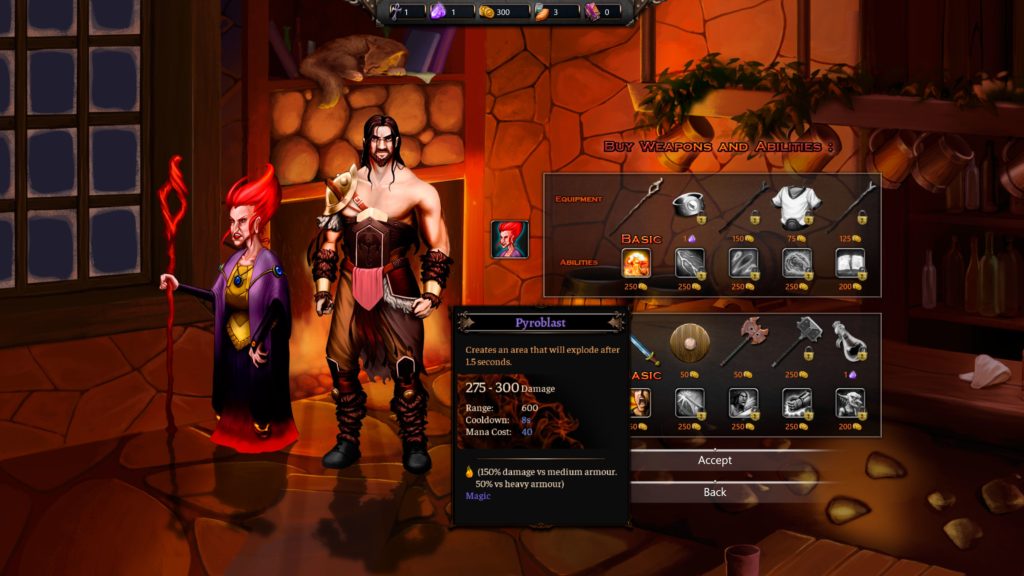
The general idea is one of a warrior and a wizardess, recruiting others, exploring a map in a turn-based fashion, skilling up, and engaging in pausable real time battles against groups of enemies, occasionally fighting a boss, on their path to… Destroy a heroine who’d turned evil, raised an army of the undead, because it was a relic, and now she’s resurrecting a lich king for some reason… Look, maybe she thinks being almost invincible due to her relics, while having an army that grows stronger with every victory isn’t enough or something. Any which way, that’s what you do.
And the combat is, in a word, tedious. There’s a rock-paper-scissors style thing going on with the combat (axes are best against armoured enemies, while dodge has to be countered with swords, so… Hit dodgy and armoured enemies once with sword, switch to axe, start over when they regain dodge) The wizardess, meanwhile, also has a rock-paper scissors thing with elements, but is pretty good ranged support. Them’s your basics.
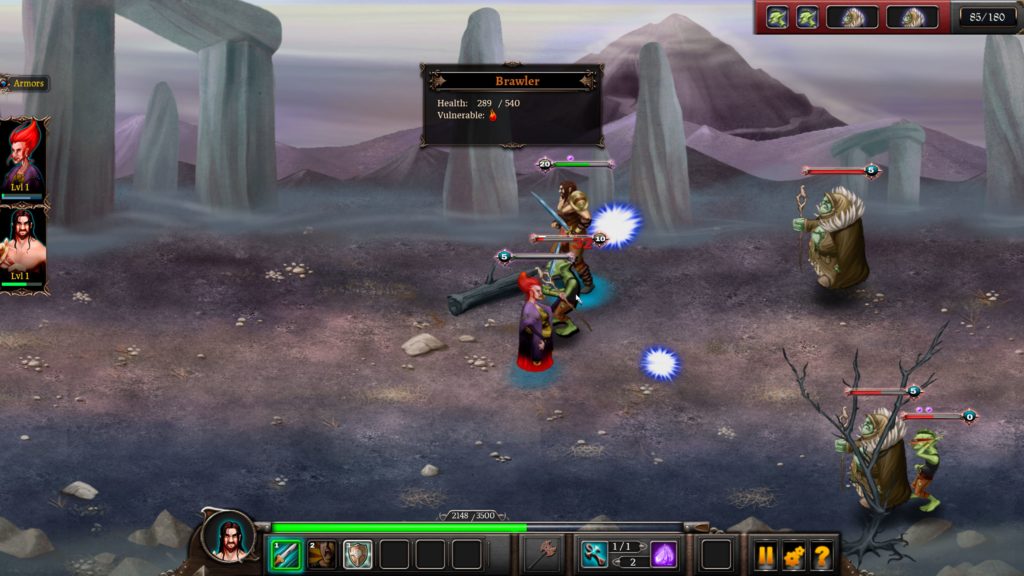
But the heroes don’t so much fling themselves into combat as stroll, swinging weapons with little impact behind their blows, flinching often from ranged enemies… And oh boy do they like their ranged enemies. The warrior (look, I don’t even care about learning their names) has a shield, but it’s directional, doesn’t last long, and enemy groups are, best case, double your size early in the game. You have to kill half of them to win the battle, and healing opportunities are… Not common.
What results is a slog. When I wasn’t looking on with a sigh, I was hitting that quit button with an irritated grumble. So… What about events? Well, those aren’t terribly interesting either. The problem with a game with turn-based walking around, and turn-based events, is that you somewhat have to care about the rest of it, and even then, dull writing can still be a turn-off. And this is… This is almost as generic as high fantasy can get. Aesthetically, it’s okay, but the animations don’t have much impact, or character, the music is about as generic as the world…
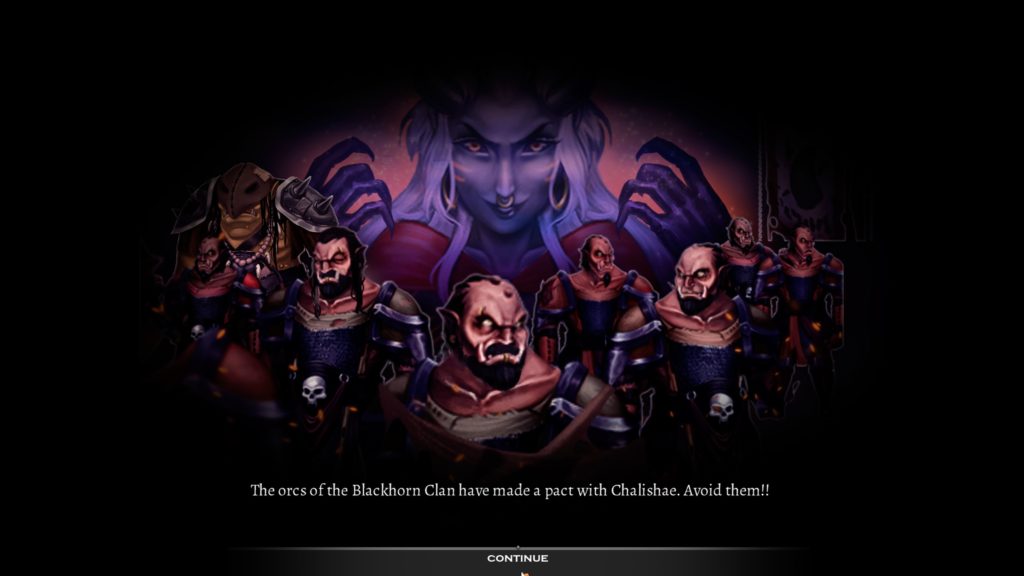
I’m not ashamed to say I checked out pretty early. If the combat later was anything like the combat earlier, then no, it doesn’t really get better later. It feels generic, tedious, and its tactical options are, on the face of things, pretty limited, a time your cooldowns and use items well style affair that I wasn’t the biggest fan of in the first place.
The Mad Welshman repeats: More hot orcs.


